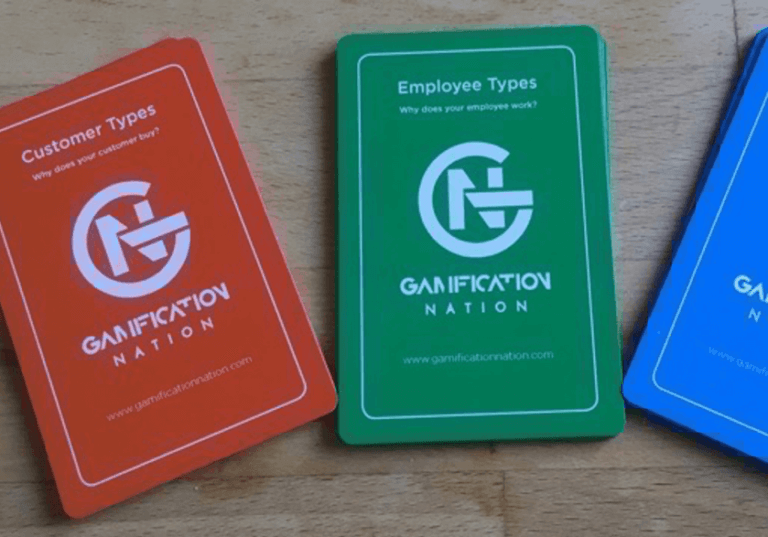Social media has been encouraging and enticing us into certain behaviours through the means of gamification and behavioural nudging, which in my view are linked together or ought to be. In recent iterations of social media platforms, we also see how they can take it a step too far. I think it is providing valuable lessons for us in gamification on what to do or not to do with social elements in gamification.
Lesson 1: Keep it social
Twice this week I found myself looking for updates from friends or connections and instead I found a constant stream of hashtag related, sponsored or ‘recommended for me’ content. What I actually endeavoured to see and check the social platforms was to connect with what is alive with people I care about. I think both LinkedIn and Facebook made it hard for me to interact with the people I wanted to interact with.
The very strength and reason for the platforms to exist seems like it is being eroded by chasing marketing revenue or data feeds meaningful to some but not the end-user. As a gamification designer when we add social elements with the view of encouraging interaction and meaningful exchanges between people, we also need to allow our end-user to choose how they use these elements for their benefit.
Lesson 2: Be transparent about your intentions
When you invite people to engage on your platform, requires for you to be able to say what you do with their data on their request. I would even say make it clear from the outset and allow them to opt out if they wish to do this. The backlash that Facebook faced in the aftermath of elections and priming advertising or posts to drive certain behavioural experiments without the knowledge or consent of its users is beyond acceptable.
In gamification, we also need to be transparent about our intentions for game elements. I know that when I introduce the leaderboard game mechanic, I also introduce by default competition. If I introduce emoji or likes as a social element, we also introduce the feeling of wanting to be appreciated and the opposite of feeling less popular. When these elements are suggested, I would always recommend having the conversation with clients of the double-edged response they may receive.
Lesson 3: Give your user control
I am a strong proponent of giving users the choice of whether they want to engage with the features provided or not. You will find out very quickly if what you have designed is useful for them or not. Add additional features and educate your users about them by all means, but then allow them the choice to add it into their behavioural mix or not.
In our work in learning related gamification, adding social elements and feeds is a regular request. In some organisations, this will work well and these are typically the ones where leaders lead the way and open communication is already top of the agenda. In other organisations, we see social elements failing purely because of fear of perceptions it may give about someone. If for example, I don’t like what my boss says about a course or topic, will that have an impact on my performance review? If it does, then forget about introducing social elements.
Lesson 4: Be open for social feedback to be negative as well as positive
On most of the social media platforms, mainly positive feedback is encouraged. However, systems like Stack Overflow, where software developers ask questions and rate responses up or down and earn expertise points are very effective in weeding out rubbish responses. When we aim gamification designs at scientific and engineering focused target audiences, we will always include both positive and negative feedback features. Just think of it, finding bugs in engineering is one way to improve the quality of your output. In science, disproving a specific theory is also narrowing down to a potential solution.
In a workplace environment, we may want to create an environment where feedback is both positive and negative and to some extent curated. When you set social rules, training people in implementing them may be required in the initial onboarding to the tools with an occasional reminder.
As a concluding remark, I would say social elements are very powerful. Humans are by their very nature social beings. As adults, we learn more in a social context, so excluded social game elements would be wrong, but thinking through how they are used is very essential. Let’s learn form what social media platforms are getting right and wrong to enhance our use of social elements in gamification.
https://gamificationnation.com/popularity-contests-as-the-dark-side-of-gamification/





